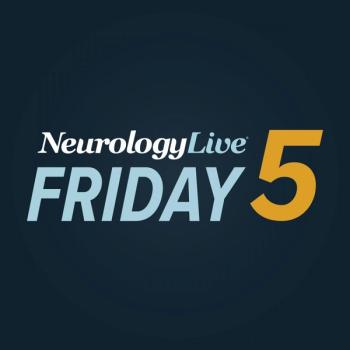
Incorporating Palliative Care Principles into Movement Disorder Management: Jennifer Corcoran, MD
The movement disorder neurologist at University of Rochester Medical Center outlined a 5-pillar model that emphasized holistic care, patient-centered communication, and proactive support in movement disorders. [WATCH TIME: 5 minutes]
WATCH TIME: 5 minutes
"With movement disorders neurologists, there can be this tendency to want to fix the movement but if we back up, we probably should be more focusing on what is of concern to the patient and, it might not be the motor symptom, especially as disease progresses."
Palliative care aims to relieve the suffering of patients and families facing progressive illness by addressing medical symptoms, psychosocial challenges, and spiritual concerns. A previously published study in Movement Disorders reported that individuals with Parkinson disease (PD) commonly experienced palliative care needs such as high symptom burden and grief, which significantly impact health-related quality of life, even when accounting for depression and motor symptom severity. These findings support the importance of integrating palliative care principles throughout the continuum of PD care.1
At the 4th Annual
After the session, Corcoran sat down with NeurologyLive® to discuss the application of a 5 pillars palliative care model, originally designed for PD, across all movement disorders. She highlighted the importance of managing nonmotor symptoms, supporting emotional and spiritual well-being, addressing care partner needs, initiating advance care planning, and making timely referrals to palliative or hospice care. Corcoran also emphasized honest communication with patients about their overall medical situation to support informed decision-making around advanced therapies, aligning treatment with patient goals and values.
REFERENCES
1. Kluger BM, Shattuck J, Berk J, et al. Defining Palliative Care Needs in Parkinson's Disease. Mov Disord Clin Pract. 2018;6(2):125-131. Published 2018 Nov 16. doi:10.1002/mdc3.12702
2. Corcoran J. What Really Helps Patients: Integrating Neuropalliative Care. Presented at: ATMRD; June 27-30, 2025; Washington, DC.
Newsletter
Keep your finger on the pulse of neurology—subscribe to NeurologyLive for expert interviews, new data, and breakthrough treatment updates.



































